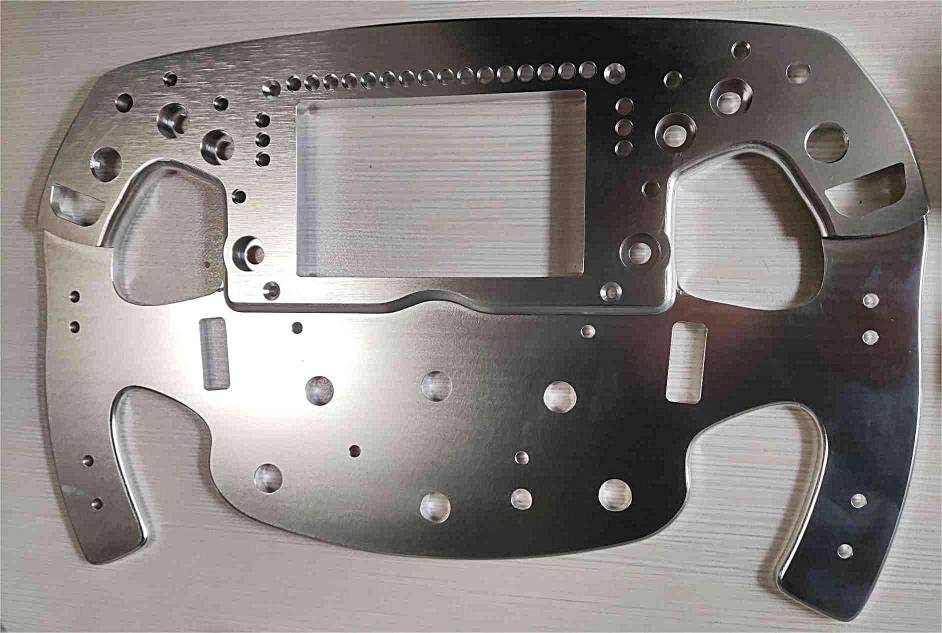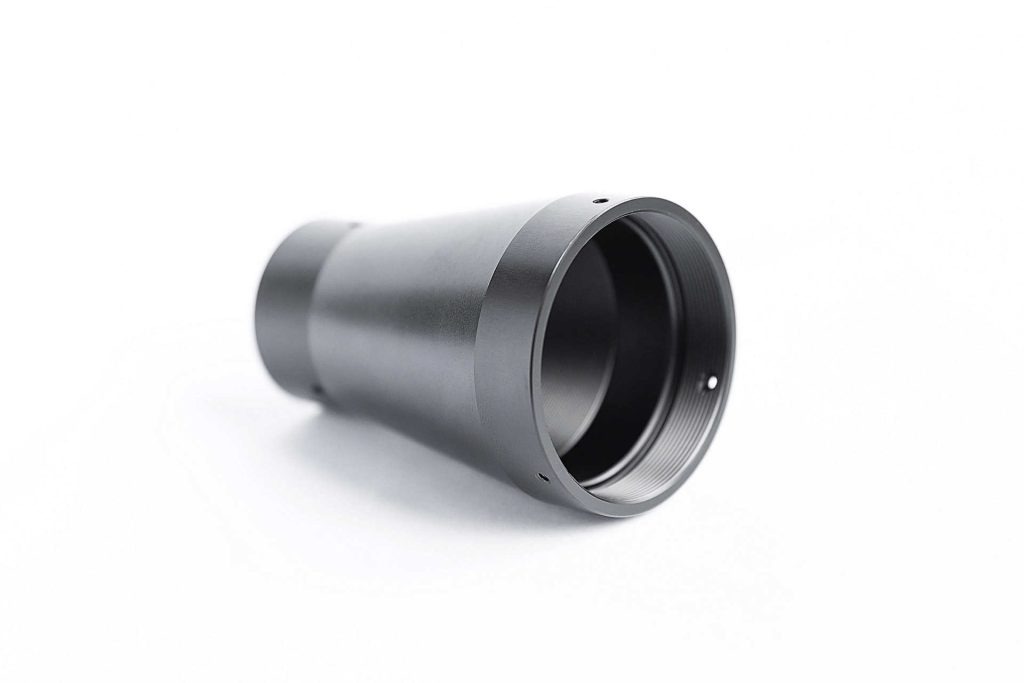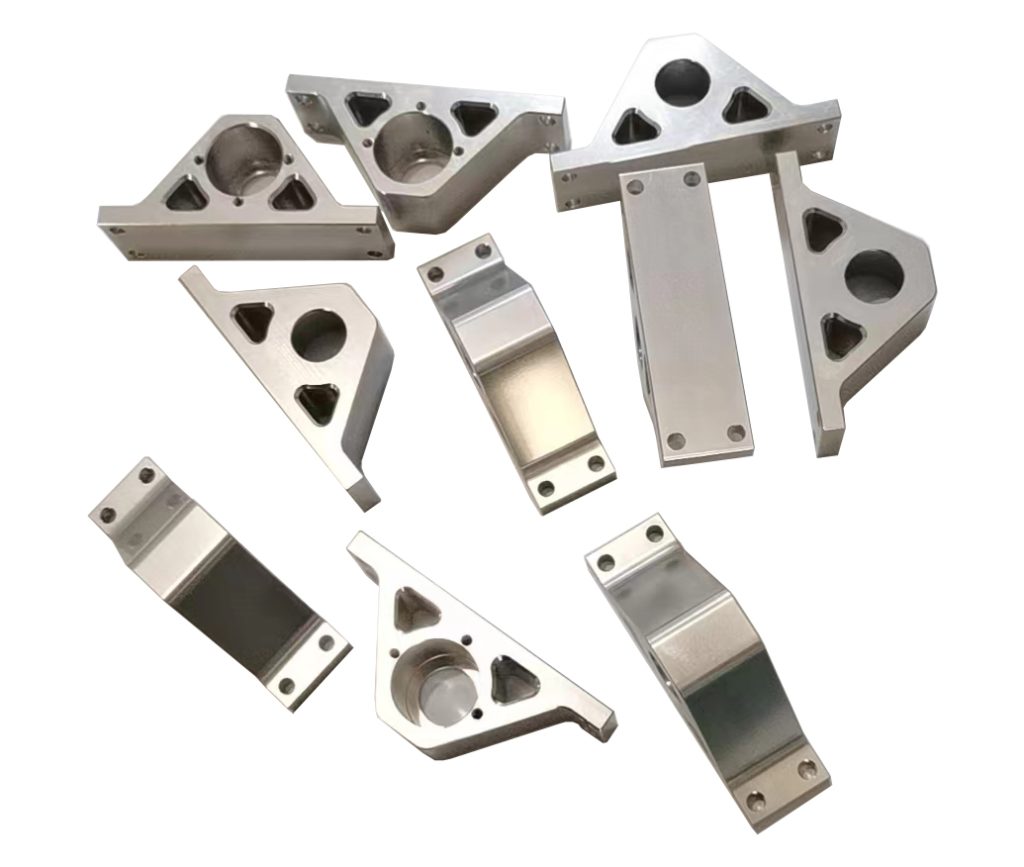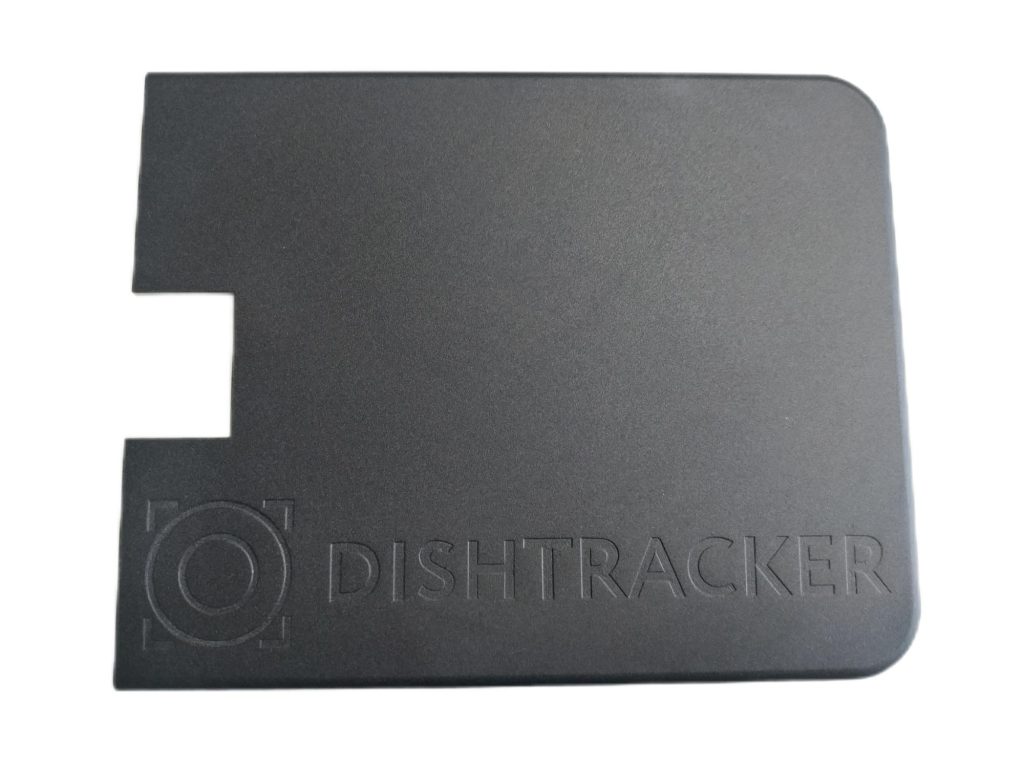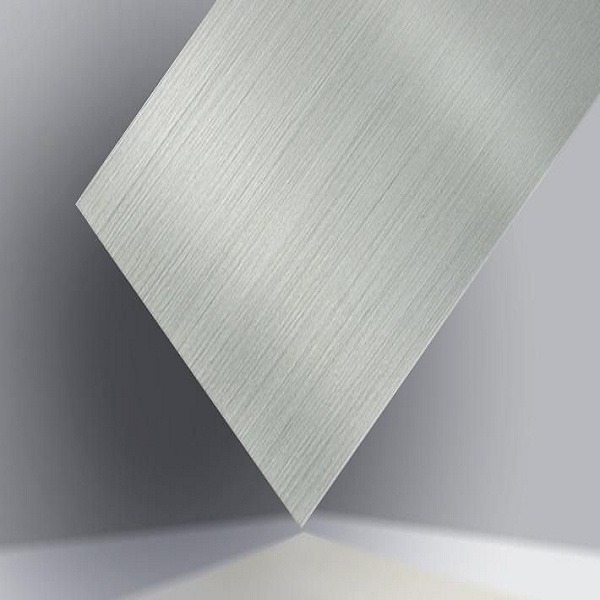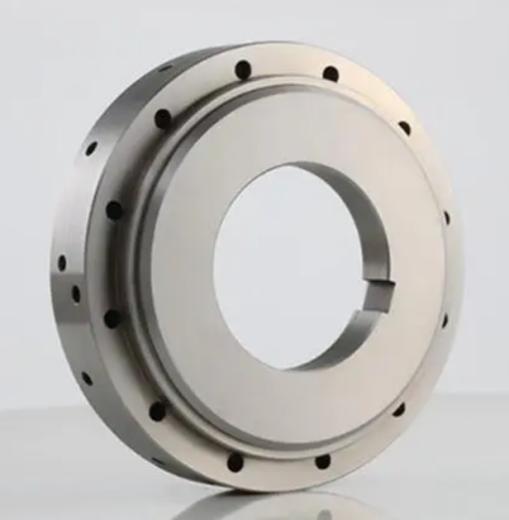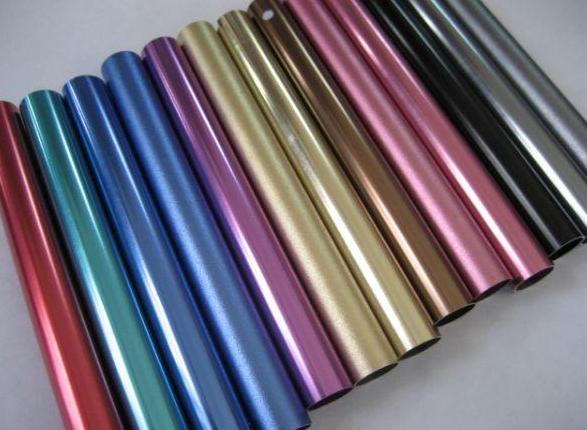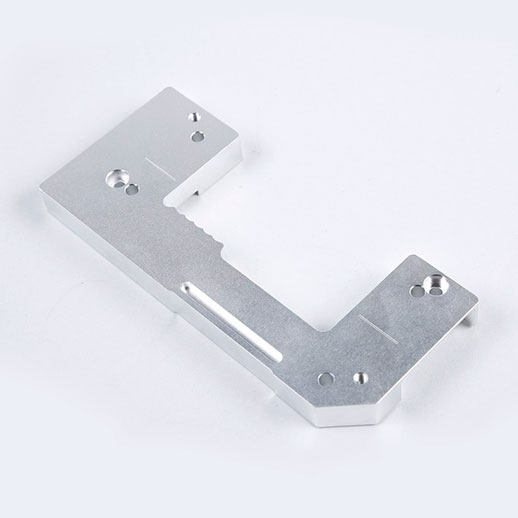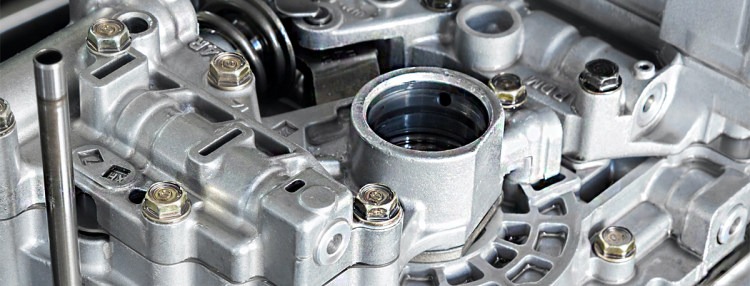Aluminum’s distinctive combination of lightweight strength, machinability, and corrosion resistance makes it a popular material for precision CNC machined parts. However, turning your design concept into a finished product necessitates careful planning. This article will teach you how to design aluminum parts that are not only functional but also optimized for efficient and cost-effective CNC machining. We’ll look at key principles for designing machinable parts, followed by a list of common design mistakes to avoid. Following these guidelines and working with a qualified cnc machining service supplier will ensure that your aluminum parts are manufactured precisely and efficiently.
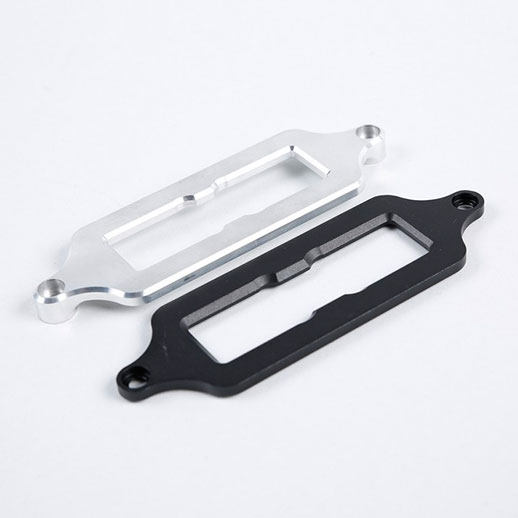
How Can I Design Efficient Precision CNC Machined Aluminum Parts?
Here’s a detailed guide on designing efficient precision CNC machining aluminum parts:
General Design Principles
- Prioritize Functionality: The design should prioritize the part’s intended function. Overly complex features that do not add functionality may be unnecessary and increase costs.
- Minimize Complexity: Simpler designs with fewer features are typically easier and faster to machine, lowering production time and costs. Investigate alternative designs that provide the desired function with less complexity.
- Standardize Whenever Possible: Using standard features such as screw holes, thread sizes, and chamfers makes the machining process easier and reduces the need for custom tooling.
Design for Machinability
- Wall Thickness: Keep wall thicknesses consistent throughout the part whenever possible. Uneven wall thicknesses can be difficult to machine and result in weak points in the finished product. Aim for the minimum recommended wall thickness based on the aluminium alloy and machining technique.
- Feature Placement: Position holes, slots, and other features strategically to reduce tool travel and maximize machining time. Consider grouping holes for more efficient drilling patterns.
- Feature Design: Avoid sharp internal corners and edges. Rounded features are easier to machine because they allow for smoother toolpaths and less stress on the cutter. This is also true for transitions between features, where gradual slopes are preferred over abrupt changes.
- Draft Angles: Add slight draft angles (typically 1-3 degrees) to vertical walls and other features that must be removed from the mold. Draft angles facilitate part removal and reduce scraping during the machining process.
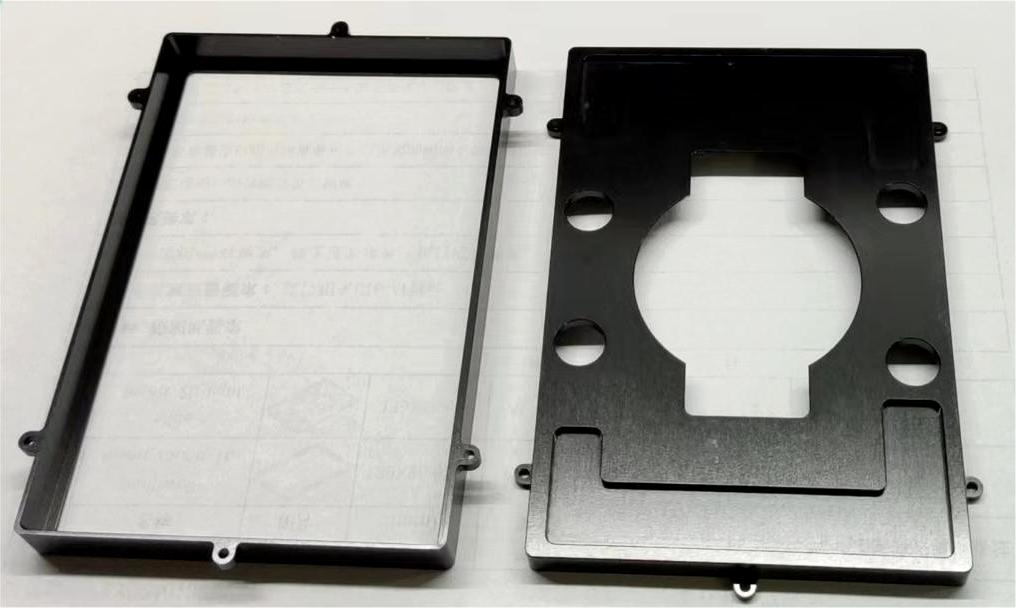
Specific Considerations for Aluminum
- Machinability: Aluminum is generally regarded as a machinable material. However, some alloys have better machinability than others. For example, 6061 aluminum is a popular choice due to its excellent balance of machinability, strength, and corrosion resistance.
- Tooling: The features you design will impact the tooling needed for machining. Complex features may require specialized tools, which can raise costs. Choosing simpler features that can be machined with standard tools is often less expensive.
- Material Waste: CNC machining is a subtractive process that removes material to achieve the desired shape. Although aluminum is recyclable, reducing waste is still important. To maximize material utilization, consider nesting multiple parts within a single aluminum sheet.
Additional Tips
- Consult with a Machinist: Early collaboration with a cnc machining parts manufacture is strongly recommended. Their knowledge can help identify potential design issues and suggest alternative approaches for maximum machinability and cost-effectiveness.
- Design Software Features: Many CAD software programs include features specifically for designing for manufacturability. These features can assist you in identifying areas for improvement and ensuring that your design is suitable for CNC machining.
- Tolerance Stack-Up: Pay attention to tolerance stack-up, which describes the cumulative effect of individual tolerances on various features. Excessive tolerances can result in parts that do not fit together properly. Discuss tolerance requirements with your machinist to ensure that they are attainable and meet your functional specifications.
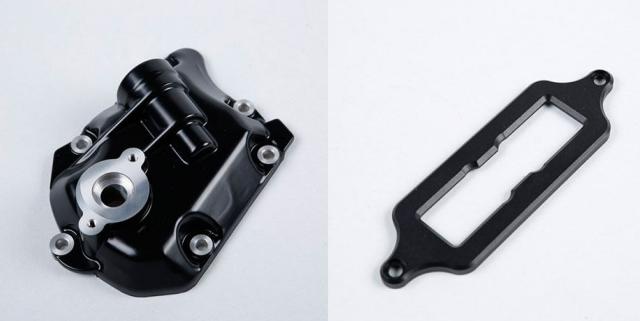
What Are Some Common Design Mistakes of Precision CNC Machined Aluminum Parts to Avoid?
Here are some common design errors to avoid when designing precision CNC machined aluminum parts.
| Problem | Solution | |
| Excessive Undercuts and Internal Features | Undercuts are areas that the machining tool cannot reach because of the surrounding material. These frequently necessitate specialized tools or additional machining steps, which significantly extend production time and costs. Internal features with tight tolerances and complex geometries can be difficult to machine. | Redesign features to prevent deep undercuts. Consider adding angled pockets or external features to improve tool access. Consider simpler geometries or larger tolerances for internal features. If complex internal features are required, discuss feasibility and alternative approaches with your machinist. |
| Thin Walls and Fragile Features | Aluminum, while lightweight and strong, can be fragile when machined into extremely thin walls. These walls are susceptible to warping during the machining process and bending/breaking during handling and use. Similarly, sharp edges or small protrusions can be easily damaged. | Maintain the minimum recommended wall thickness based on the aluminum alloy and machining technique. Thicker walls have greater structural integrity and are easier to machine precisely. Consider redesigning delicate features with slightly thicker sections or adding removable support structures. Round edges whenever possible to increase strength and make machining easier. |
| Unnecessary Complexity and Over-Engineering | Complex designs with too many features or tight tolerances that aren’t necessary for functionality can be time-consuming and costly to machine. Complex toolpaths required for intricate features can lengthen machining time and increase the likelihood of errors. Similarly, very tight tolerances require slower machining speeds and specialized tooling. | Evaluate the design’s functionality. Can the desired function be achieved through a simpler design? Investigate alternative approaches that use standard features while avoiding unnecessary complexity. Discuss tolerance requirements with your machinist to ensure they are feasible and meet the part’s functional requirements without being overly stringent. |
| Ignoring Tooling Limitations and Minimum Feature Sizes | CNC machining tools have limitations in terms of feature size. Very small holes, slots, or narrow channels may be impossible to machine using standard tools, necessitating specialized tooling or alternative manufacturing methods. | Consult your machinist about the minimum feature sizes that can be achieved with their tooling for the aluminum alloy you’ve chosen. Create features with dimensions that fall within these limits. If extremely small features are required, consider alternative methods such as wire EDM or redesigning the part to accommodate slightly larger features. |
| Neglecting Draft Angles and Fillet Radii | Sharp corners and vertical walls are difficult to machine, which can result in scraping or tool deflection. Furthermore, sharp internal corners can cause stress concentrations in the final part, potentially resulting in cracks or failure. | Include slight draft angles (typically 1-3 degrees) on vertical walls to help with part removal and prevent scraping. Apply fillet radii (curved transitions) to sharp corners and edges. Fillet radii increase machinability by allowing for smoother toolpaths and lowering stress concentrations in the finished part. |
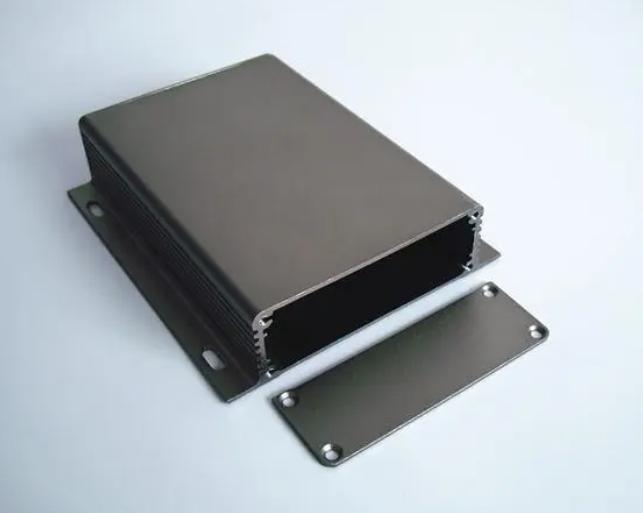
Conclusion
Unlocking the full potential of CNC machining for aluminum parts necessitates a strategic approach to design. You can achieve high-quality parts with efficient production times and lower costs by prioritizing functionality, reducing complexity, and incorporating machinability-enhancing features. Furthermore, being aware of common design flaws, such as excessive undercuts, overly thin walls, and unnecessary complexity, allows you to avoid potential manufacturing roadblocks. By adhering to these principles and working with a CNC machinist, you can turn your design vision into a reality while leveraging the precision and efficiency of CNC machining for aluminum parts.


